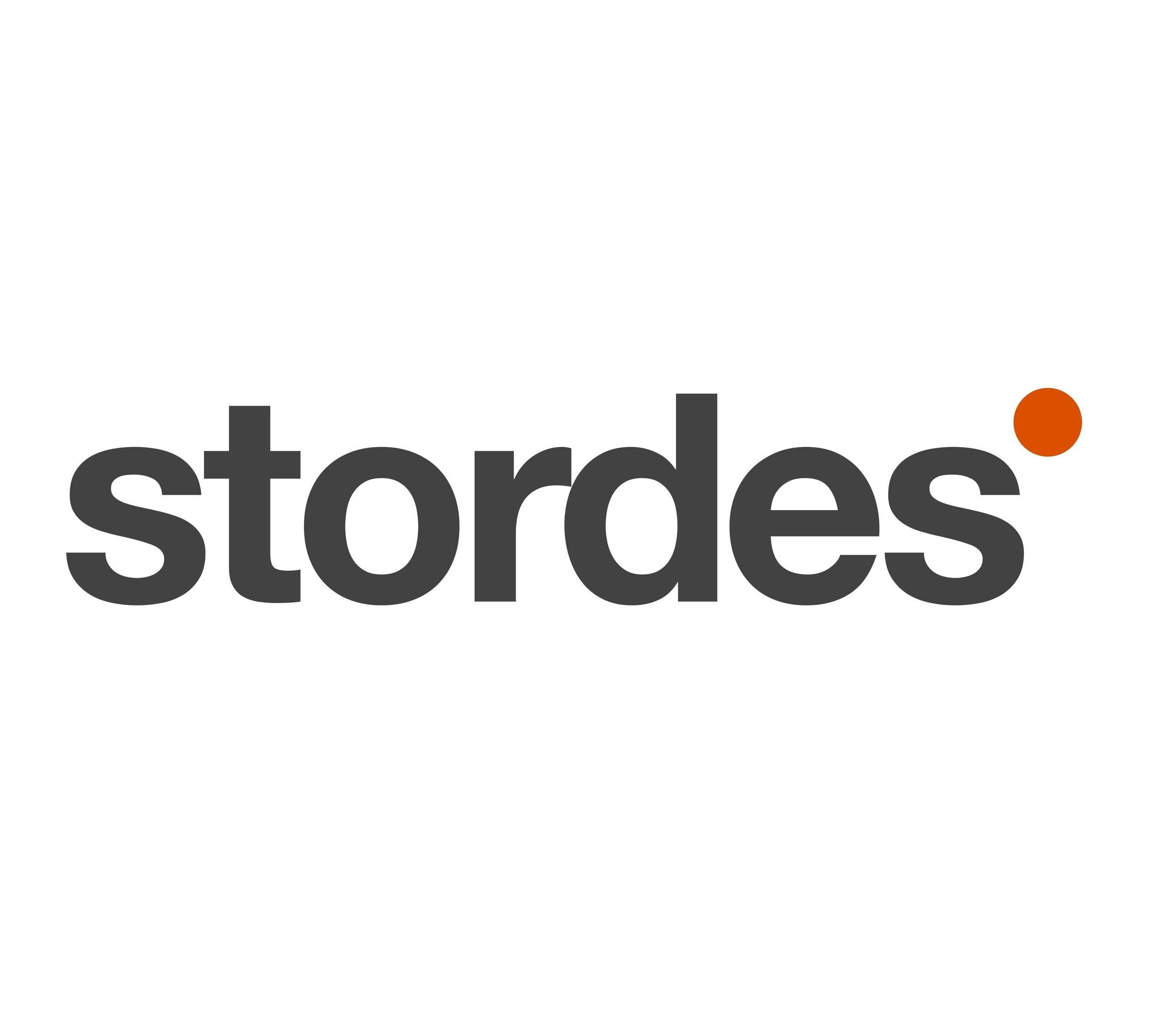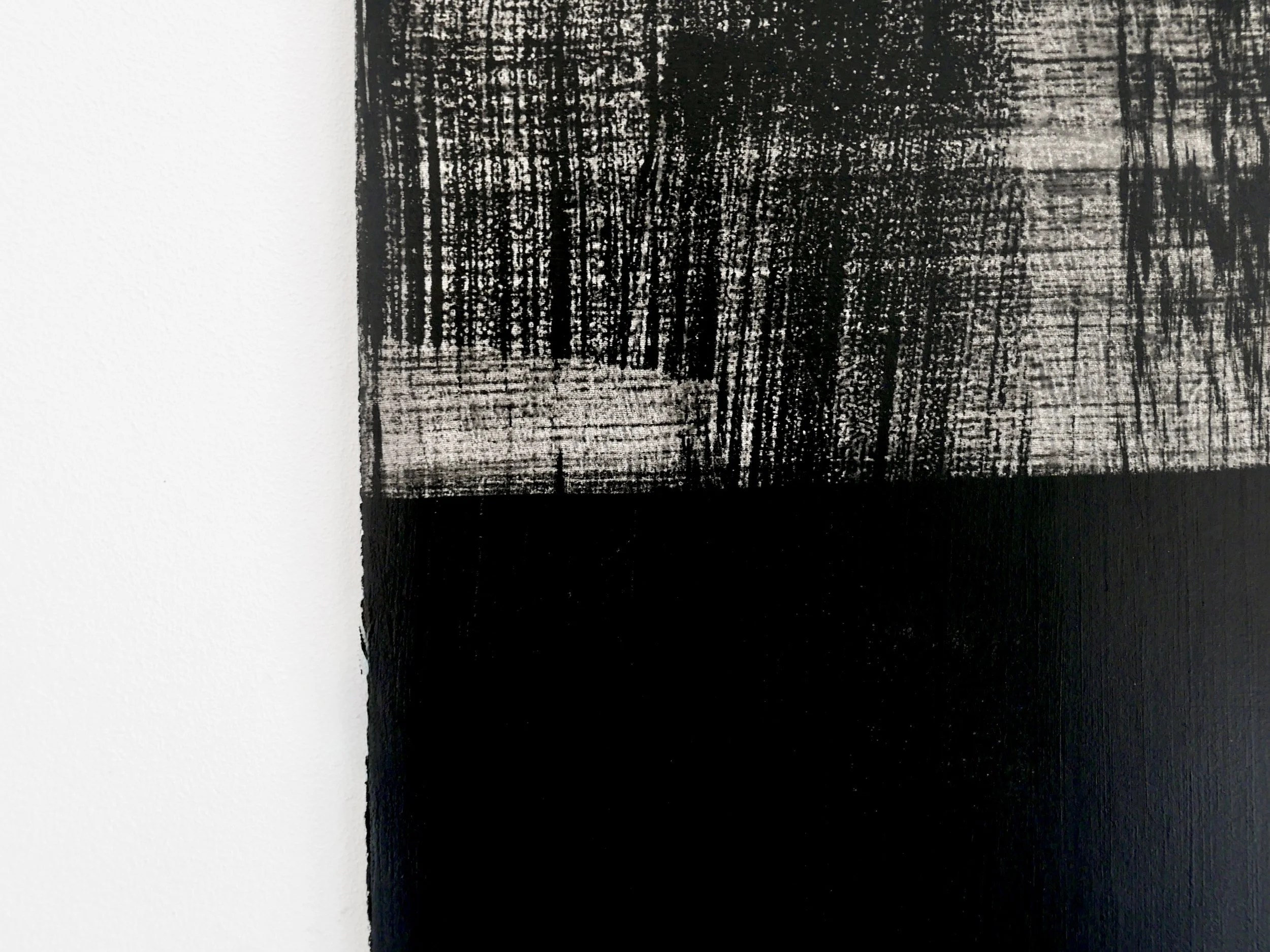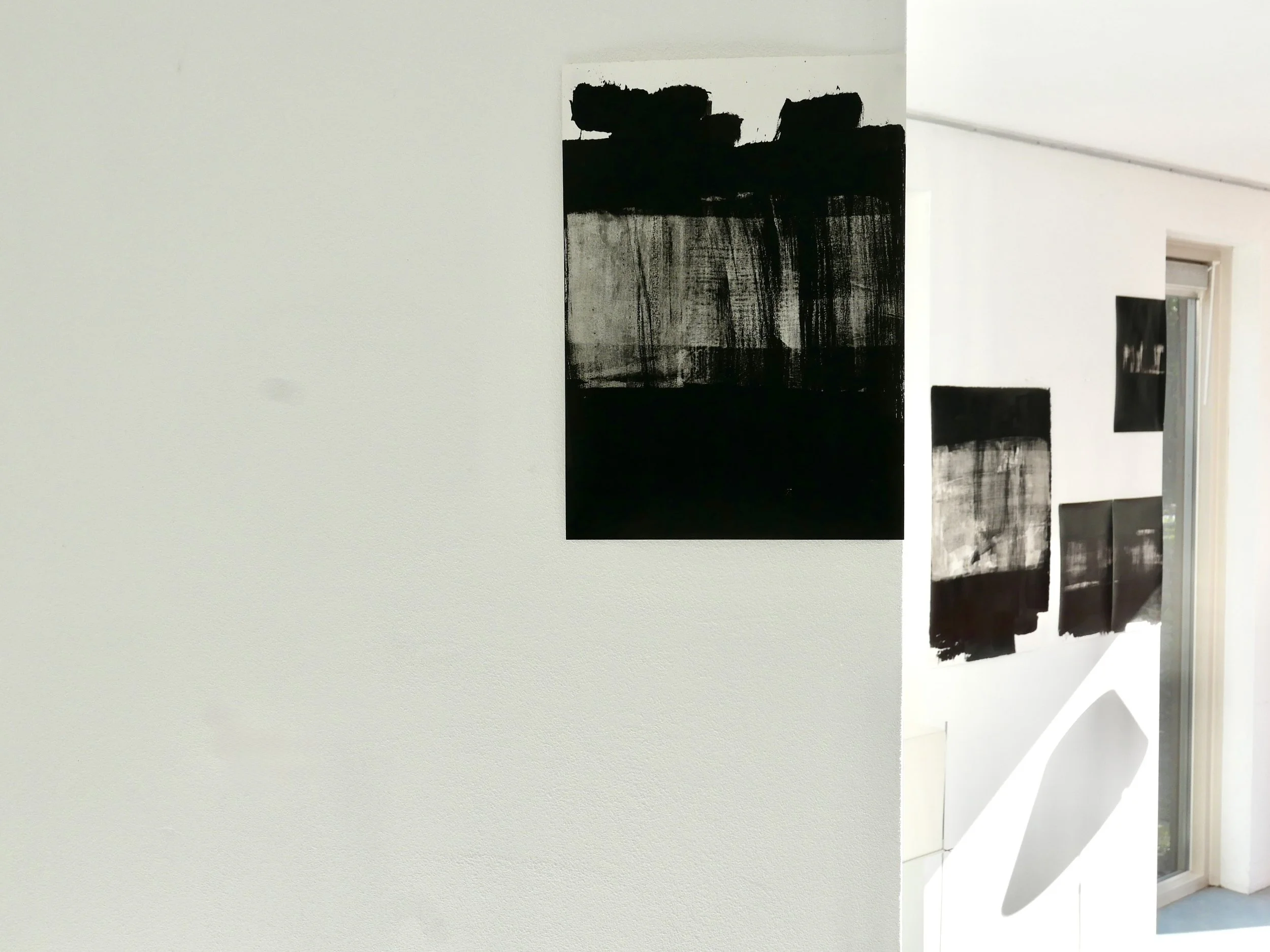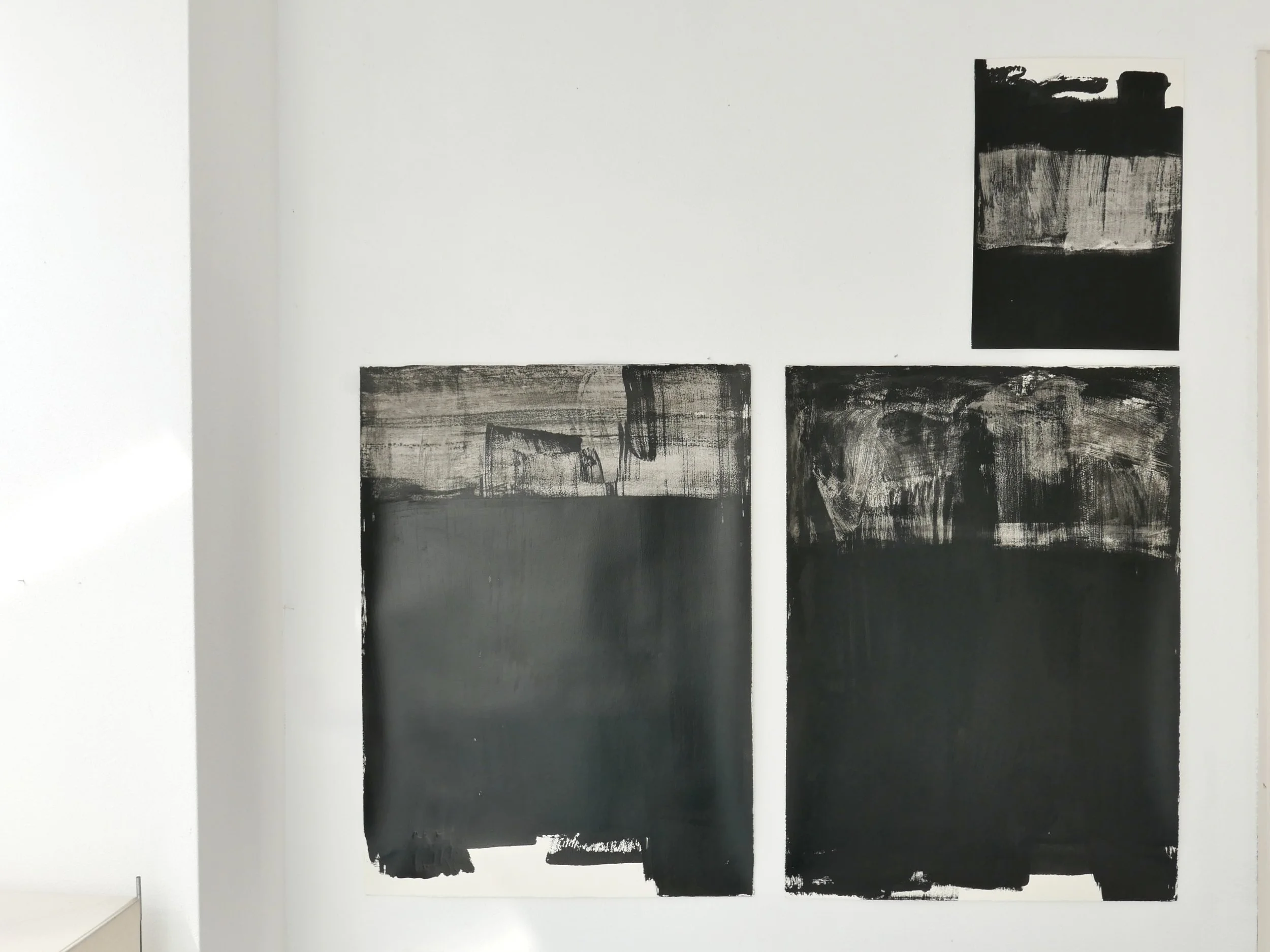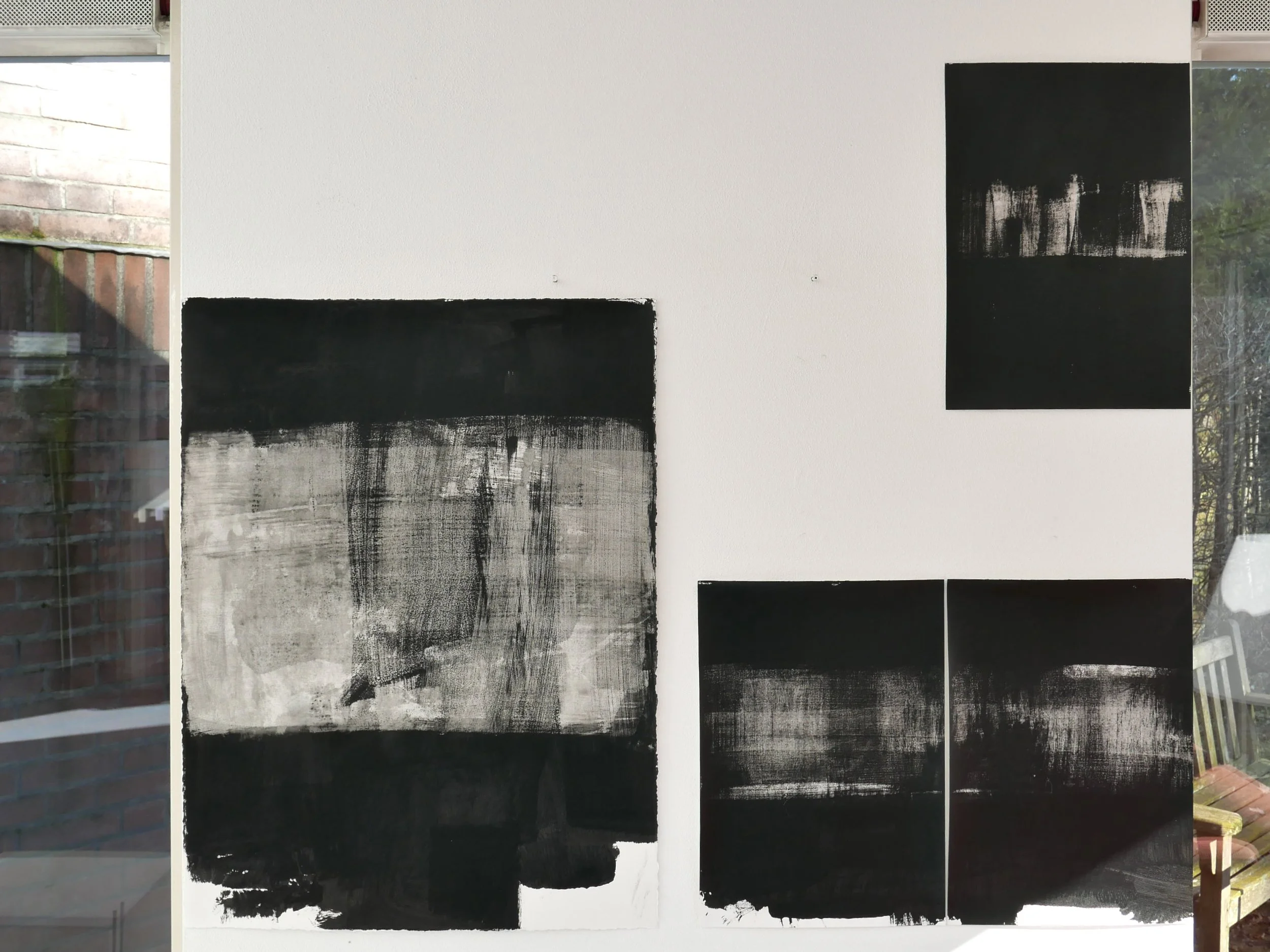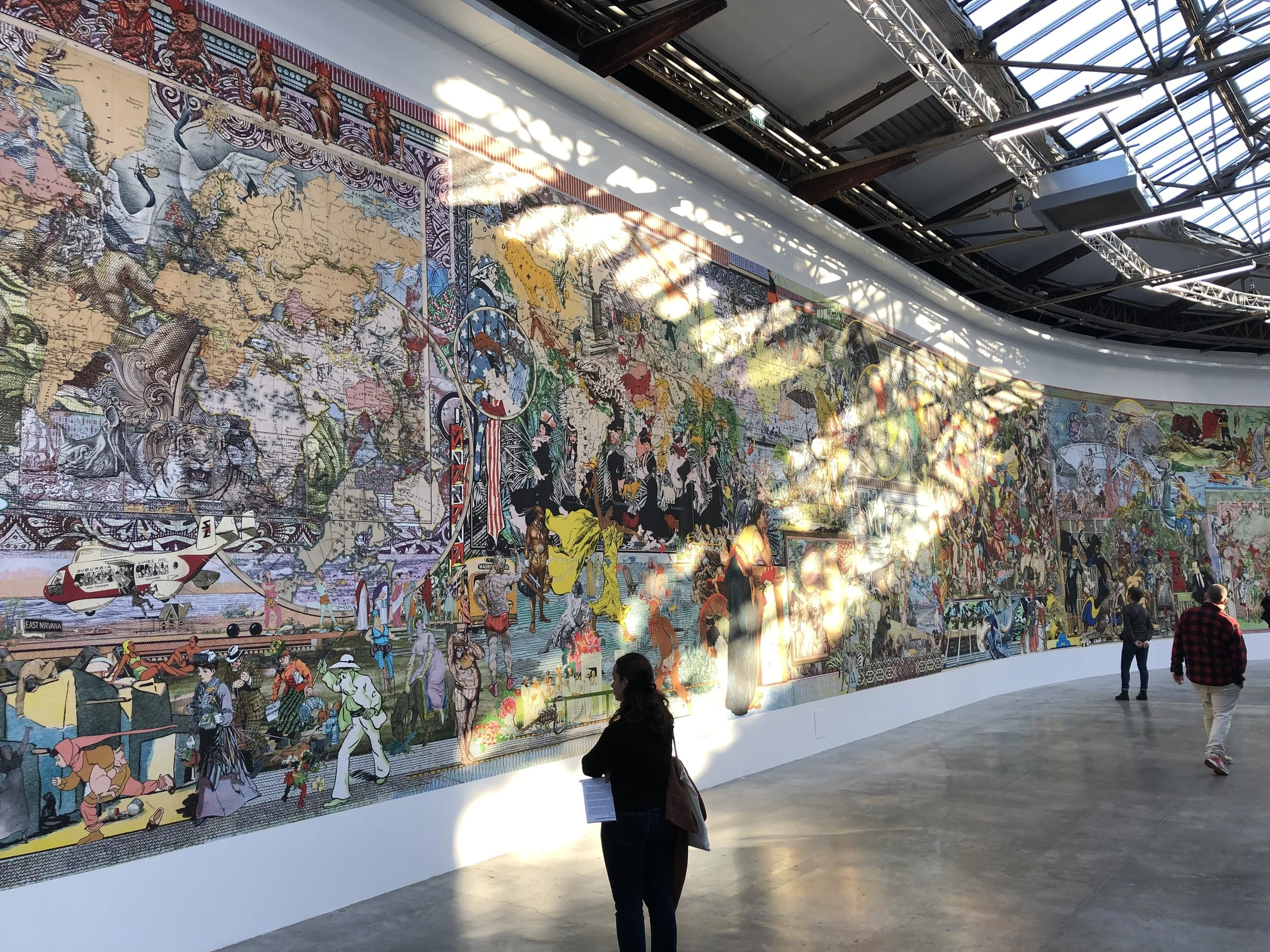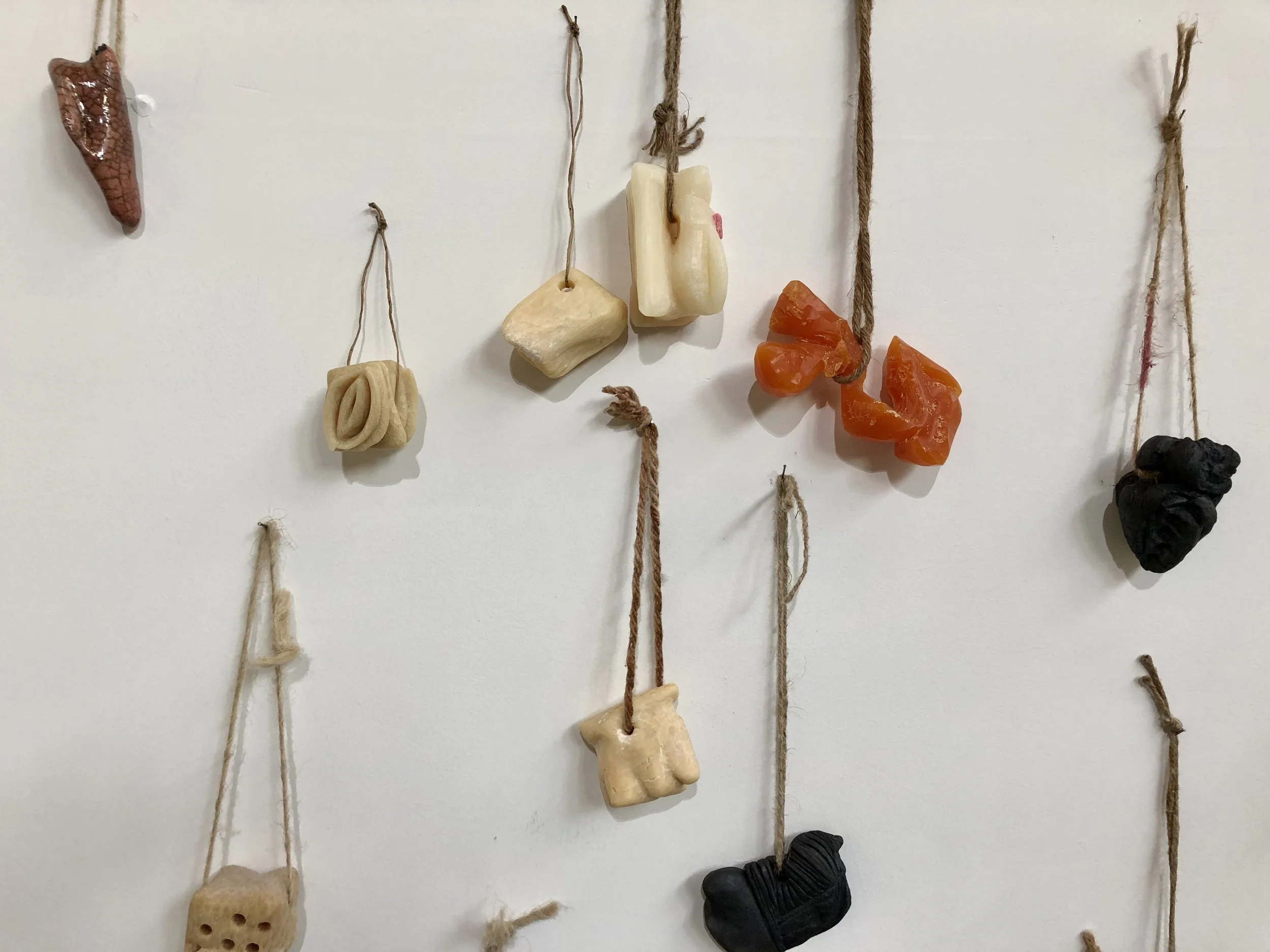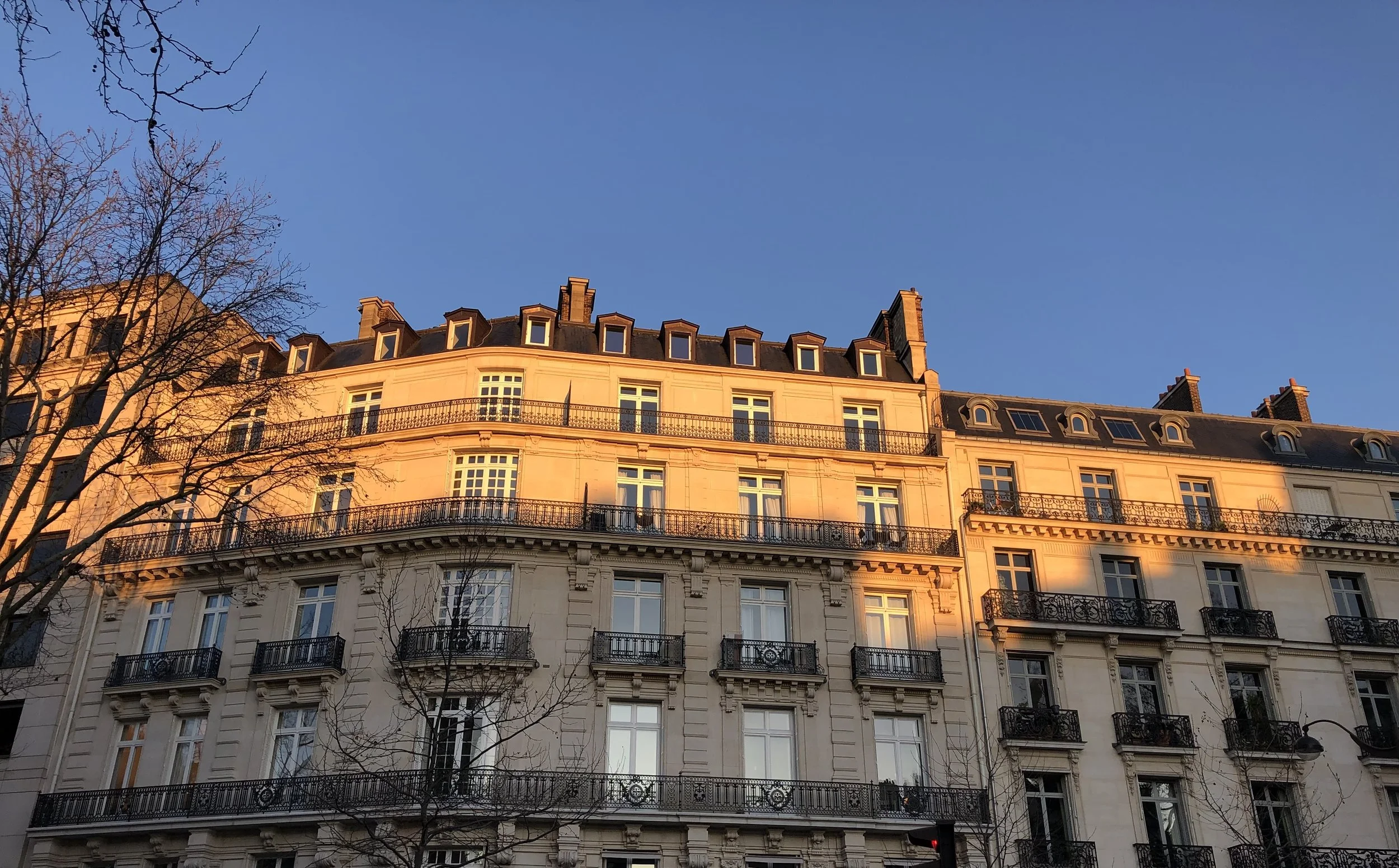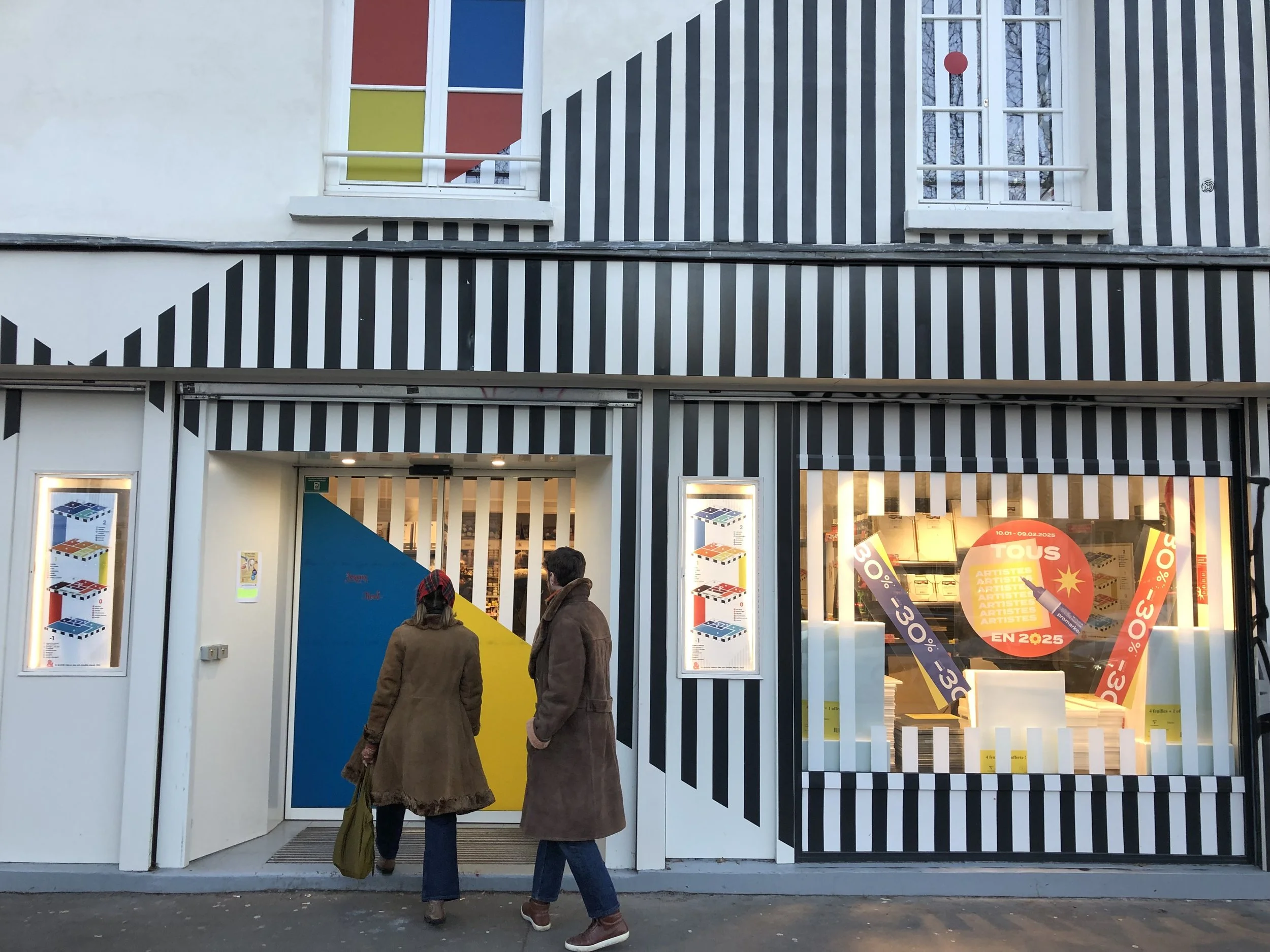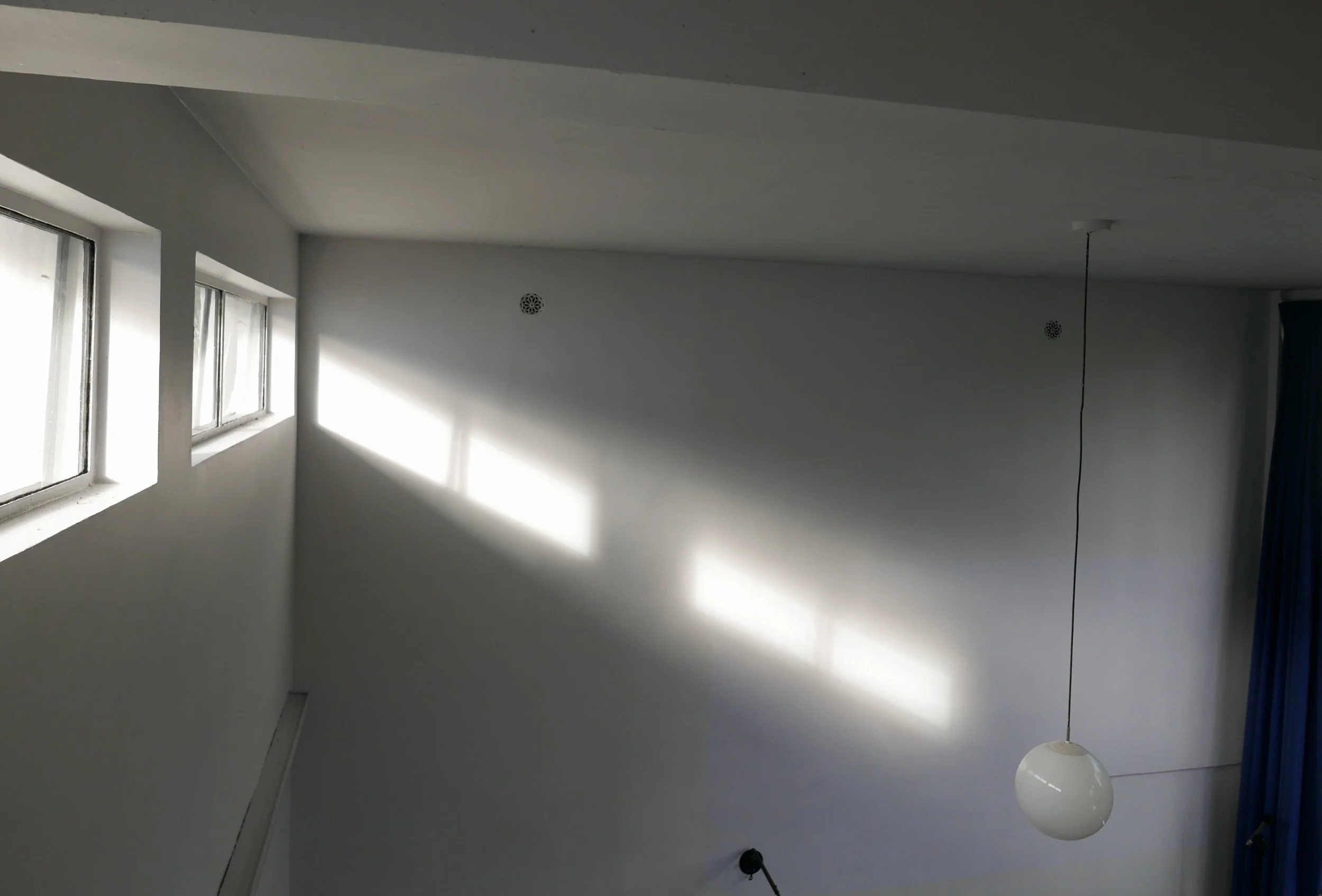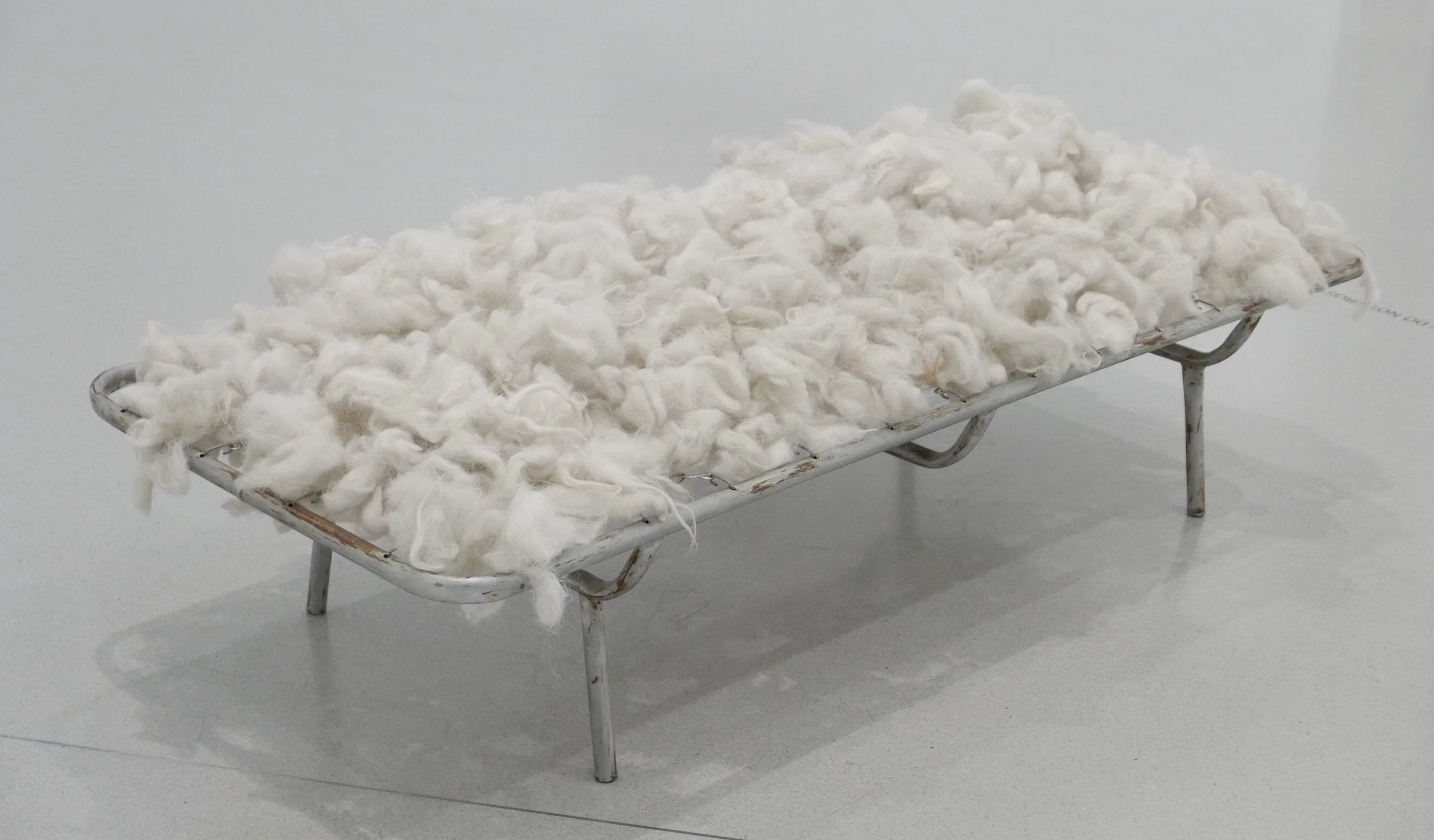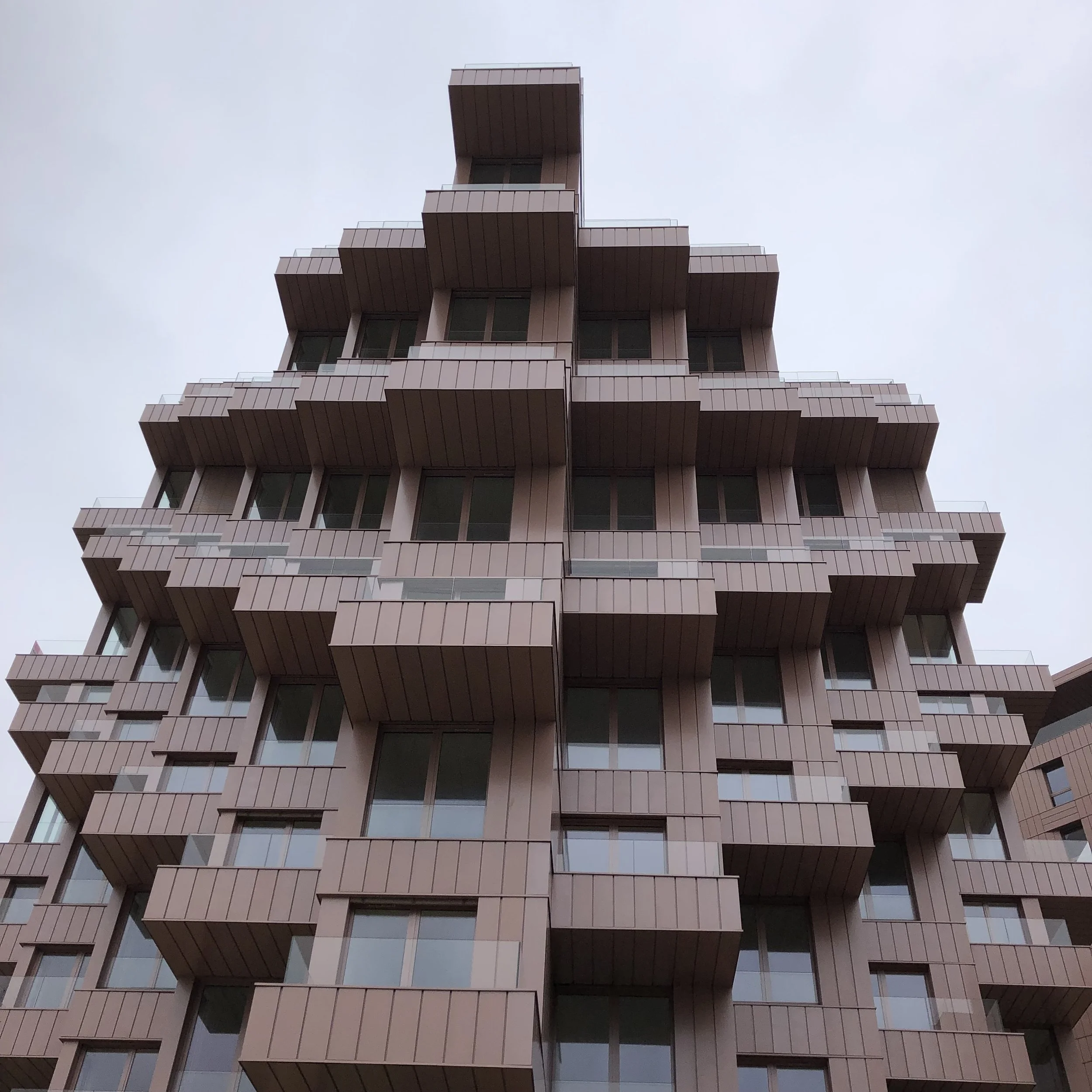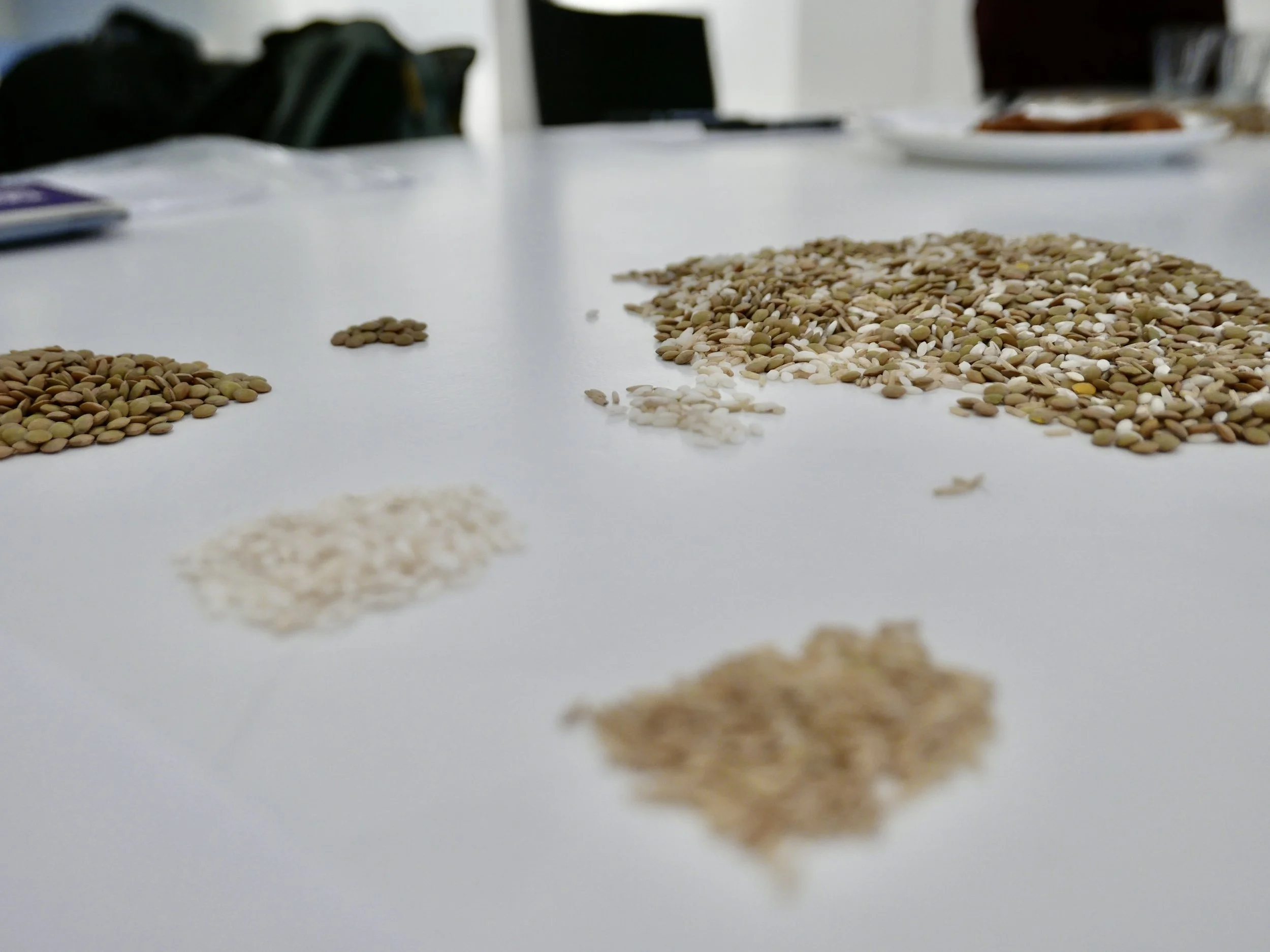update #41
over tekeningen
(about drawings)
Een korte toelichting
Een tweetalige update omdat de tekst waarop deze update is gebaseerd oorspronkelijk in het Nederlands, terwijl de updates normaler wijze in het Engels zijn. Zo kan ik de essentie van de oorspronkelijke tekst doorlaten klinken en toch ook de mensen die de Nederlandse taal niet machtig zijn iets meegeven over de betekenis die tekeningen voor mij hebben.
over tekeningen
De tentoonstelling van mijn werk dat ik maakte tijdens mijn verblijf in Oarijs van november 2024 tot februari 2025 is de aanleiding iets te zeggen over tekeningen. Tekening vormen een belangrijke schakel in mijn werk.
De tekeningen in de tentoonstelling waarvan de beelden in deze update een weerslag vormen, zijn geen illustraties. Ze zijn geen verbeeldingen van objecten, mensen of natuur. De tekeningen bestaan in zichzelf.
De vraag is of tekeningen het juiste woord is. Het zijn werken op papier met Chinese inkt. Die inkt is aangebracht met kwasten en vervolgens weer gedeeltelijk verwijderd.
De tekeningen bestaan in zichzelf. Maar ze zijn wel door mij gemaakt. Of althans ik heb het papier gekozen, de inkt en ik heb de kwast vastgehouden om vervolgens na een door mij bepaalde tijd de inkt weer gedeeltelijk te verwijderen.
About drawings
The exhibition of my work, created during my stay in Paris from November 2024 to February 2025, provides an opportunity to say something about drawings. Drawings form an important element in my work.
The drawings in the exhibition, as reflected in the images in this update are not illustrations. They are not representations of objects, people, or nature. The drawings exist in themselves.
One might question whether drawings is even the right word. They are works on paper made with Chinese ink. The ink is applied with brushes and then partially removed again.
The drawings exist in themselves. Yet they were made by me. Or at least, I chose the paper, the ink, and I held the brush. Only to partially remove the ink again after a period determined by me.
the edge of the tissue of time (left)
the archeology of paper, ink, water (right)
3 traces, 14/1/2025 (top)
traces, 8/1/2025 (left)
diptych #15 (right)
traces, 8/1/2025 (top_
Tegelijkertijd is de precieze uitkomst van dit proces onvoorspelbaar. Elke keer is het resultaat verrassend. De inkt droogt net wat sneller, de kwasten zijn toch te verzadigd, de katoenen lap net iets viezer, het papier absorbeert net wat sneller door een ander luchtvochtigheid.
Ondanks pogingen om bepaalde effecten te reproduceren, lukt dat niet. Daarbij komt dat het proces niet omkeerbaar is, wat gemaakt is bestaat. Dat kan je het niet meer ongedaan maken. Je hebt te dealen met wat er is.
De tekening laat zijn eigen geschiedenis zien. Het is verstilde tijd van een wordings proces. Het laat de lagen zien die eerder verborgen waren onder de latere lagen van ink. De sporen van de kwasten zijn zichtbaar, de sporen van mijn handelen, de sporen van mijn onvermogen, de sporen van mijn zijn, als maker.
Ik heb immers besloten dat de tekening af is. Ik heb de verrassing van de onvoorspelbare uitkomst moeten accepteren. Om dan met de voorspelbare onvoorspelbaarheid aan het volgende werk te beginnen.
Het tekenen of misschien toch het schilderen, heeft mijn ideeën over maakbaarheid beïnvloed.
At the same time, the exact outcome of this process is unpredictable. Each time, the result is surprising. The ink dries a little faster, the brushes turn out to be too saturated, the cotton cloth is slightly dirtier, the paper absorbs more quickly due to a different humidity level.
Despite attempts to reproduce certain effects, it never fully works. Moreover, the process is irreversible — what has been made exists. You cannot undo it. You have to deal with what is there.
The drawing reveals its own history. It is time made still. The quiet trace of a process of becoming. It shows the layers that were once hidden by later layers of ink. It shows what came before in the act of making. The traces of the brushes are visible, the traces of my actions, the traces of my limitations, the traces of my being, as the maker.
After all, it is I who decided that the drawing is finished. I have had to accept the surprise of the unpredictable result. To begin, with this predictable unpredictability, the next work.
Drawing, or maybe more so painting has influenced my ideas about what can be controlled and what cannot.
interaction and conversations
One of the interesting things of my stay was to meet new people and people that I had not met for a longer time. The conversations were diverse and interesting. The fact that Paris is not my home city forced me to take the initiative and actively engage with other people.
It is amazing what can happen. My neighbour in Paris invited me for a coffee. We spoke among other things about my work as an artist engaging with organisations to help them embrace the wonders of the art and strengthen and articulate their meaning. Intrigued he asked whether that was an easy job and I answered: ‘Not really, it requires a constant effort. But I have a lot of freedom to do what I want and how to do it, like me staying in Paris.” Listening to my remarks he told me the fable by Fontaine about the dog and the wolf. They meet, the dog well fed, the wolf ill nourished and meagre. The dog suggests to the wolf to come with him to where he lives and to be well fed too. The wolf follows the dog and then he notices the marks of the collar on the neck of the dog. The wolf asks what it is and the dog answers that at night he is kept on a chain with a collar around his neck. The wolf amazed, asks whether he is not free to wander and do as he likes. The dogs answers no and the wolf runs back to the woods.
A wonderful and encouraging story that will stay with me thanks to an incidental encounter with my neighbour
A fascinating aspects of traces is that one trace of acting can lead to another activity or observation, the personal experience of a conversation becomes part of a larger insight and connects previous unconnected ideas.
I received by email an invitation from the Dutch embassy for an activity organised by Petra Noordkamp a Dutch artist being the resident at the van Doesburghuis in Meudon, just outside Paris. The trip by bike to the white cubic house led to another invitation to come and visit the house designed by Theo van Doesburg and built in 1929-30. After the death of Theo in 1931 his wife Nelly stayed in the house until 1975. We talked about the house and the many artists that had visited the house and how that effected her stay and her work in this ‘de stijl’ house.
I have thought quite a lot about the visit. Old photos of the house show the walls of the atelier covered with abstract paintings. It gave the space something very personal. In its current state the restored house is quite clean, lacking traces of the residents. That fits its current use, but it also truncates the space of its possibilities to regain some of its deeper meaning. What is a house without the traces of its occupants other than the photographs?
Nevertheless the house itself is a wonderful trace and shows what one action (building the house) can lead to, even after nearly one hundred years. A reminder for noticeable actions with durable impact.
scenarios of acting
A trace of more than 100 a4 pages and counting. That is what my work on my self-defined project on the notion of scenarios of acting resulted in, for the moment. Numerous pages with notes, small drawings, diagrams, captured in six chapters. The scenarios of acting are the format and method to enrich in an artful manner the capabilities and the acting of an organisation.
Working on this subject made me think about how to progress with the work that is among other things about traces in which the acting results. I decided to work with the sheets in an associative way, one chapter at a time. Earlier results trigger further thought and ideas which are then again noted and drawn on the next sheets of paper. It is literally creating a trace. I sometimes orden the sheets. It is a kind of sensing of what is made earlier. I try to bring the work forward with additional elements, fresh directions and new details. The traces shape to a certain extent the process. Whether the sheets as such will be the final result is not yet clear. But for sure they are an important part of the acting (the investigations) and of what that has resulted in.
I think this way of working which is a conscious choice, could be regarded as a self imposed scenario of acting where form and meaning coincide.
The way the work in Paris created the traces is one aspect. Another is what the traces are actually about: a deeper understanding of the scenarios of acting and how they can be applied in the setting of an organisation. The traces (the sheets of paper with text and drawings) provide depth to the subject and attributes become more precise. Questions are evoked and being thought through. The traces show a growing understanding and tangibility of a previously less delineated notion.
One of those outcomes is to consider the scenario of acting as a work of art. That statement is significant because it has important implications on what the scenario actually is, how it effects the workings of an organisation and what qualities make it a work of art as such. It means to sell an artwork to an organisation, not strategy advise or organisation development support. The label matters and shapes the proposition and the positioning. It is an important statement.
One trace of findings influences other aspects of the scenario of acting. Considering the scenario as a work of art shapes the attributes of the acting that the scenario captures and instills. One important concept is that the acting is about ‘expose somebody to something’ and rendering unseen possibilities manifest. The acting does not concern improving the current situation but it touches people in profound and new, you might say improbable ways. The palette of acting is enriched in fundamental ways.
These are useful outcomes and at the same time they leave other questions unanswered, like which of the many activities in an organisation is subject to the artwork. The answer that it can be any activity is in a certain way true, but at the same time not very helpful in determining where to engage and with whom.
In a not lineair way this question is addressed in another aspect of what is being investigated: the process, how a scenario of acting is being developed and activated in an organisation.
The scenario of acting is one tangible outcome which is closely related to the context of the organisation. The context, another outcome, consists of the reality in which an organisation exists and the deviations and ideas that create the unseen possibilities.
The process consists of three interlinked phases:
Positioning supports the organisation in understanding art as power and investigating the domain of the interventions.
Sculpting creates iteratively the defined context and the scenario through imaginary projections through lenses and filters.
Activation is in essence the exposure of people in their acting and interactions, a phase of ‘solid management’ with love and active participation.
The sheets of work are the living traces of an artistic creation.
chinese ink on paper
The over eighty drawings in various formats I made during my stay in Paris are very visible traces, Traces of brushes, ink and water on paper, traces of a deliberate act of making.
The drawings do not depict something, they are not illustrations. They exist in themselves as objects. Yet they are not neutral images, they originate from the constitution of me, the maker, my ideas, my biography, my mind, my abilities, my intentions. Not in a direct way, but the images do not exist without the maker, they exist only through the maker, the person who I am and the materials I work with.
Part of the making of the drawings I cannot control. The results have a certain unpredictability. And I think that contributes to their quality. Because that unknown part requires a deeper looking. It asks for an effort to really see, to try to understand, to critically accept which traces are revealed, have been partly effaced, remain hidden and which traces have disappeared (although it is not certain they ever existed).
To mark this important process of sensing and understanding, of critically observing, making peace with work, the traces, I have recently began adding titles to the works. It is an additional layer of meaning, one that you have control over. It is an act of appropriation of the work before handing it over to the audience.
all photos by hein duijnstee
